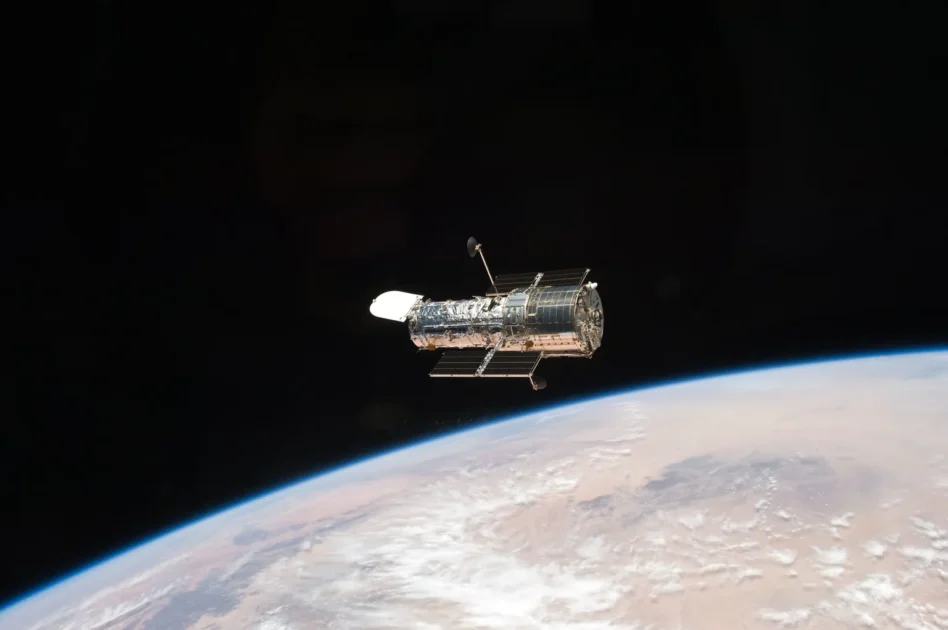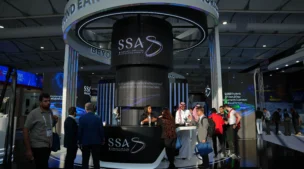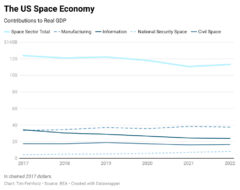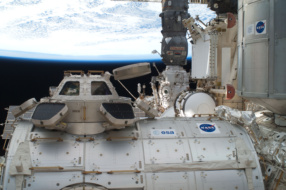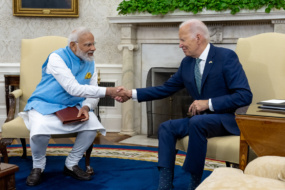Hubble has seen better days—and with NASA formally rejecting SpaceX’s commercial repair offer, that’s unlikely to change.
Science missions have been paused since May 24, when one of the telescope’s three gyroscopes, used to orient the instrument toward targets in space, failed to return accurate telemetry readings.
To the rescue: Jared Isaacman, the billionaire entrepreneur and SpaceX astronaut, had previously offered his services as a handyman to repair the 34-year-old telescope and provide a boost to keep it from falling out of orbit. The mission would have marked the first space walk by a SpaceX crew.
However, Mark Clampin, NASA’s director of astrophysics, confirmed on Tuesday that the agency would not pursue Isaacman’s offer. Instead, Hubble will switch to a single gyro, keeping the second in reserve to make sure it can operate into the next decade.
Risky business: While Isaacman’s offer seemed attractive from a financial standpoint (the agency wouldn’t have needed to fund its own repair mission), Clampin outlined why the potential risks associated with an in-person visit to the spacecraft far outweighed the benefits.
- Operational risks: the potential contamination of a mirror by an astronaut could damage Hubble’s sensitivity
- Docking risks: Hubble’s last visitor came in 2009 aboard the Space Shuttle, so attempting to dock a new spacecraft would be too dicey on short notice
- Technological risks: Many of Hubble’s original builders have retired, meaning working knowledge of the telescope’s intricacies has moved to Scottsdale to play golf
What’s next: Operating with a single gyro won’t affect Hubble’s ability to peer into deep space, but there will be some noticeable blind spots moving forward. When it’s back online in mid-June, it will no longer be able to view objects closer than Mars, and its weekly orbits will be reduced from 85 to 74, or a 12% reduction in the number of missions it can schedule.
Worries persist over the gap in space science capabilities that could be left if Hubble is allowed to fall back to Earth, which could occur as soon as 2034, but NASA officials said they haven’t ruled out a reboost mission down the line.
And if that time comes, SpaceX’s proposal will prove invaluable, giving NASA “better insight into the considerations for developing a future commercial re-boost mission,” according to Patrick Crouse, Hubble’s project manager.
